Fantastic creatures in the heart of the ocean
In the depths of the ocean, there are fascinating but scary creatures that you wouldn’t want to cross. Here are some pictures and anecdotes on these very, very strange marine creatures.
Poisson-hachette (Hatchetfish)
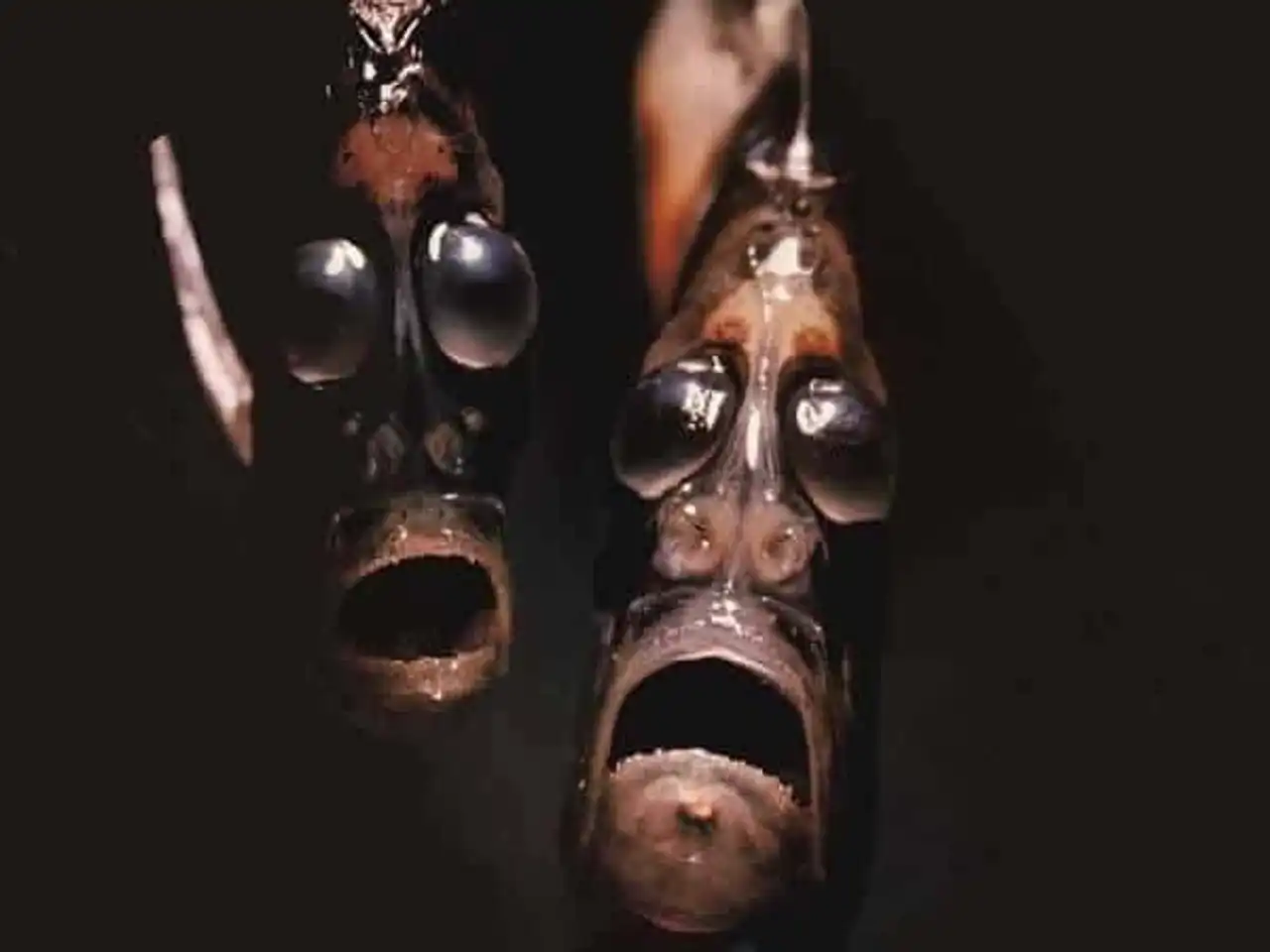
Source – seavenger.info
Given the extreme depths that scientists need to go to find these ugly and tiny fishes, we don't know the fish . Making the top-models of the world jealous, these creatures with the morose look draw their name from their incredible slimming. From an anatomical point of view, the thorax of the fish-hachette is supposed to look like the blade of a hachette, and the coldness of its silver reflection to the metal of it. Despite a fierce name and appearance, the Hatchetfish is hardly mortal. Measuring between 2.5 and 12.7 cm in length, it is just, quite terrifying.
The Blobfish
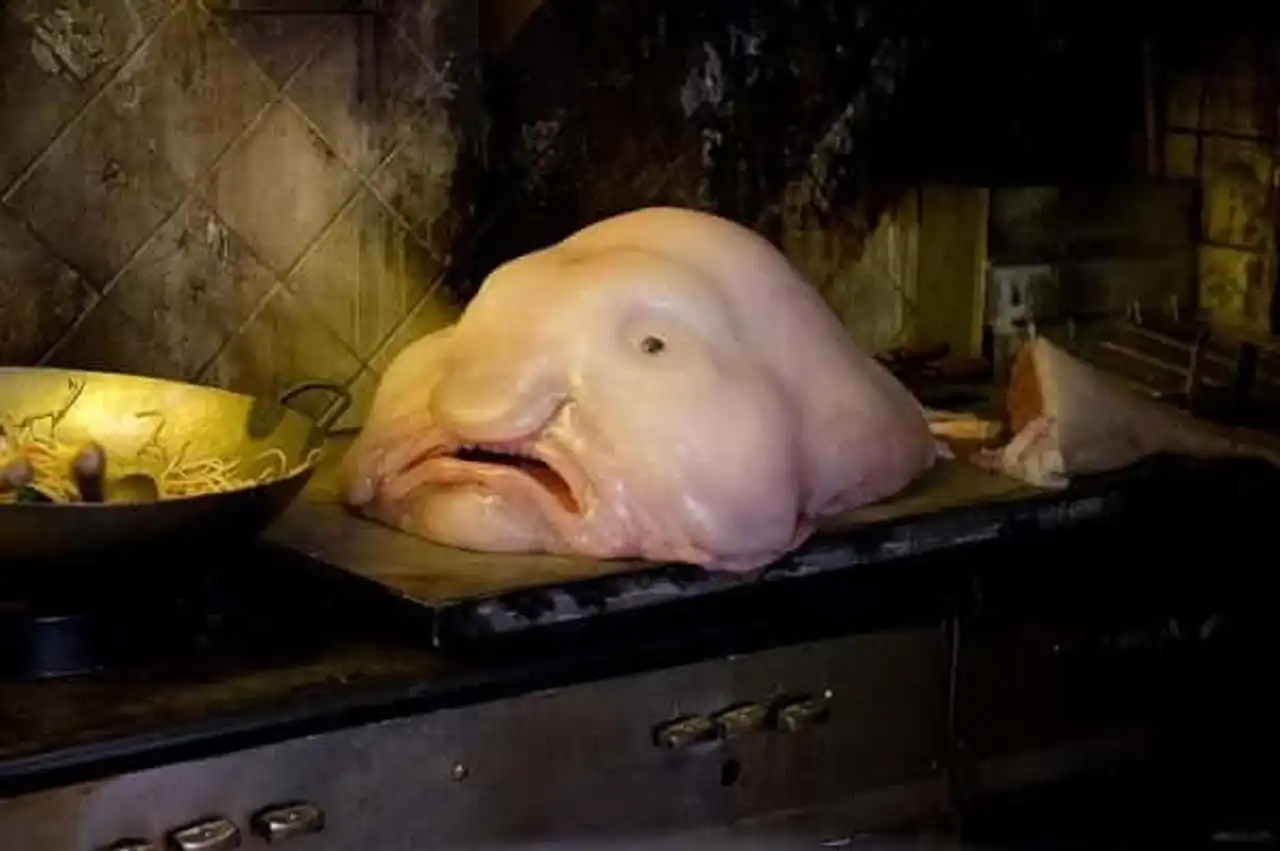
Source: No Cookie.net
More gelatinous than your grandmother’s flan, the surprisingly soft appearance of blobfish has captured the attention of millions of people in recent years. Frappante is “this thing with fins” that has just been judged in 2013 as the world’s most ugly animal. Life is not that bad for this creature of Oceania because it lives mainly at the bottom of the ocean, where water pressure is naturally high, giving the skin of blobfish the approximate density of water. It could be thought to be unfavourable, but when the time comes to eat, it is enough to open the mouth to feed. Its lack of density means that it does not need to spend a lot of energy to eat.
Dogfish (Fangtooth)
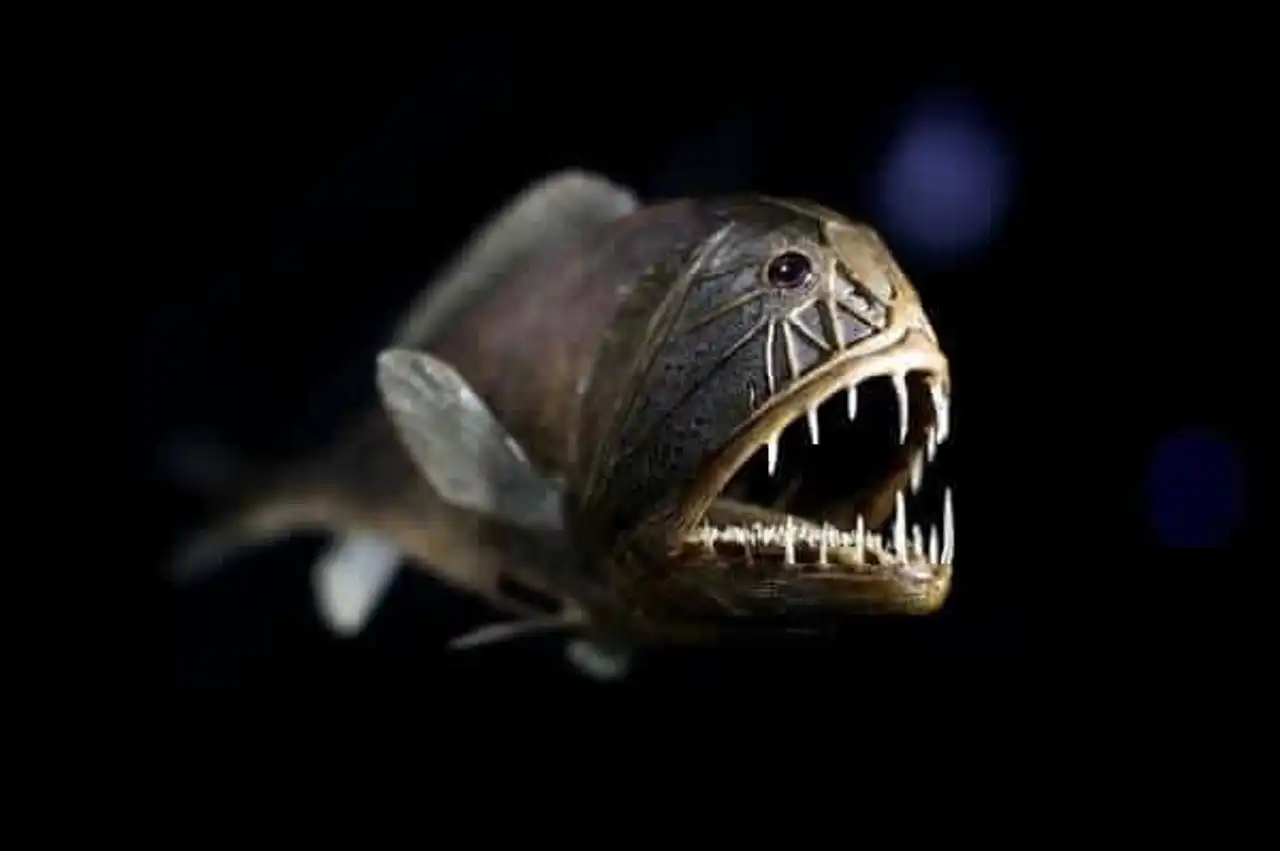
Source - heromachine.com
Consider the dogfish as the submarine equivalent of a pitbull threatening with a gold heart. Despite his threatening aspect, the fish-ogre is incredibly benign, especially because of his bad sight. Indeed, if he wants to hunt, the dogfish literally has to hit with its prey in order to find it. His teeth give another impression: proportionally to the size of the dogfish, they are the largest fish teeth in the ocean. Good luck to see its shining teeth: the fish resides a few 5,000 meters below the sea.
The Cucumber of the Sea
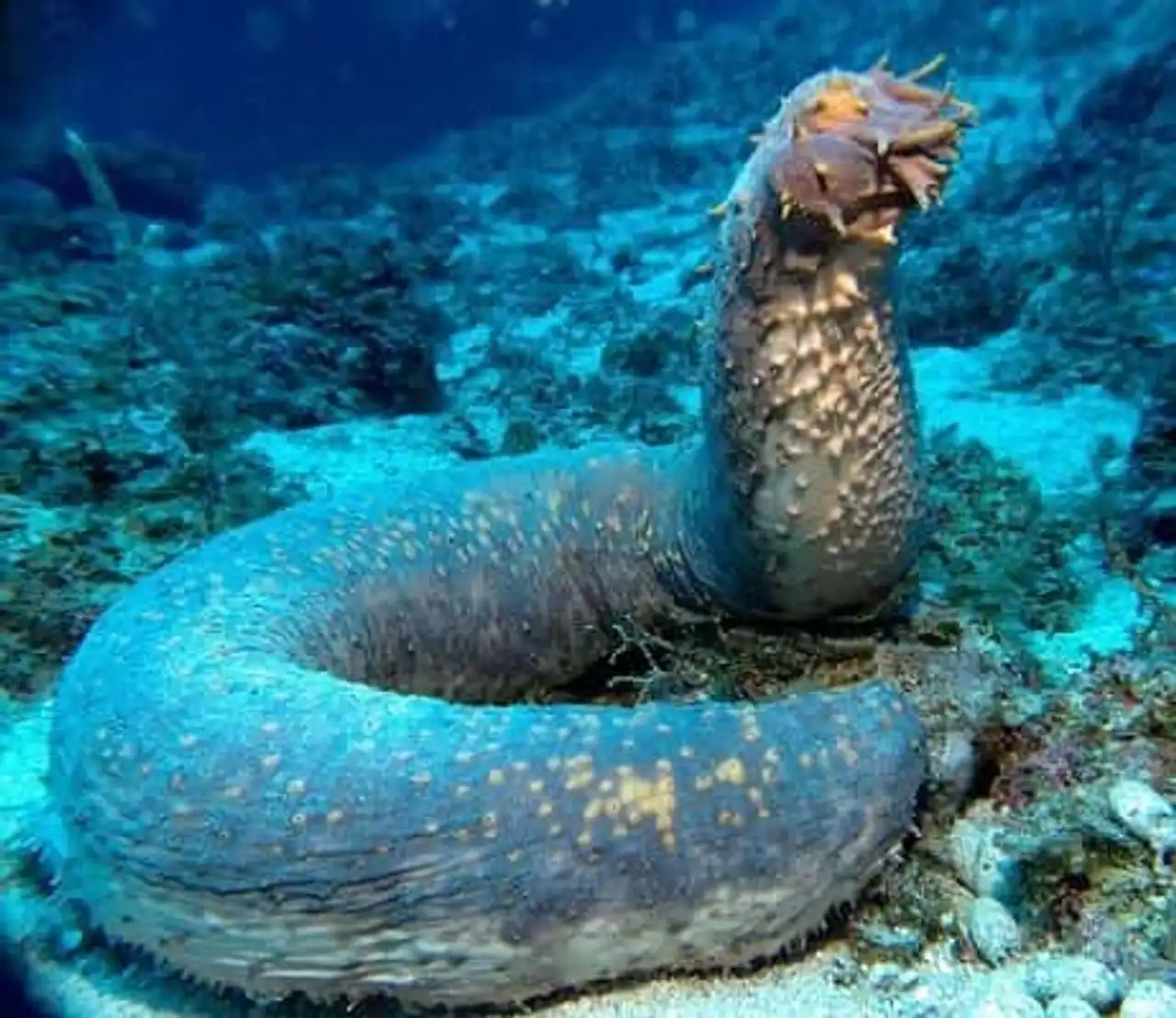
Source – National Geographic
This repugnant ultrasinoderm certainly irritates your mind. In the absence of a real brain and a semblance of sensory organs, the sea cucumber can boast of the same mental capacity as the cucumber in your fridge. Nevertheless, the “light” serves as a vital element to the ocean ecosystem, as it recycles nutrients and decomposes the detritus that present themselves to it. Unlike real cucumber, collagen levels of the cucumber of sea allow to do some pretty crazy maneuvers: if the sea cucumber needs to settle in a small crevasse, the collagen will relax and the sea cucumber will liquefie effectively to infiltrate the desired place.
The shark
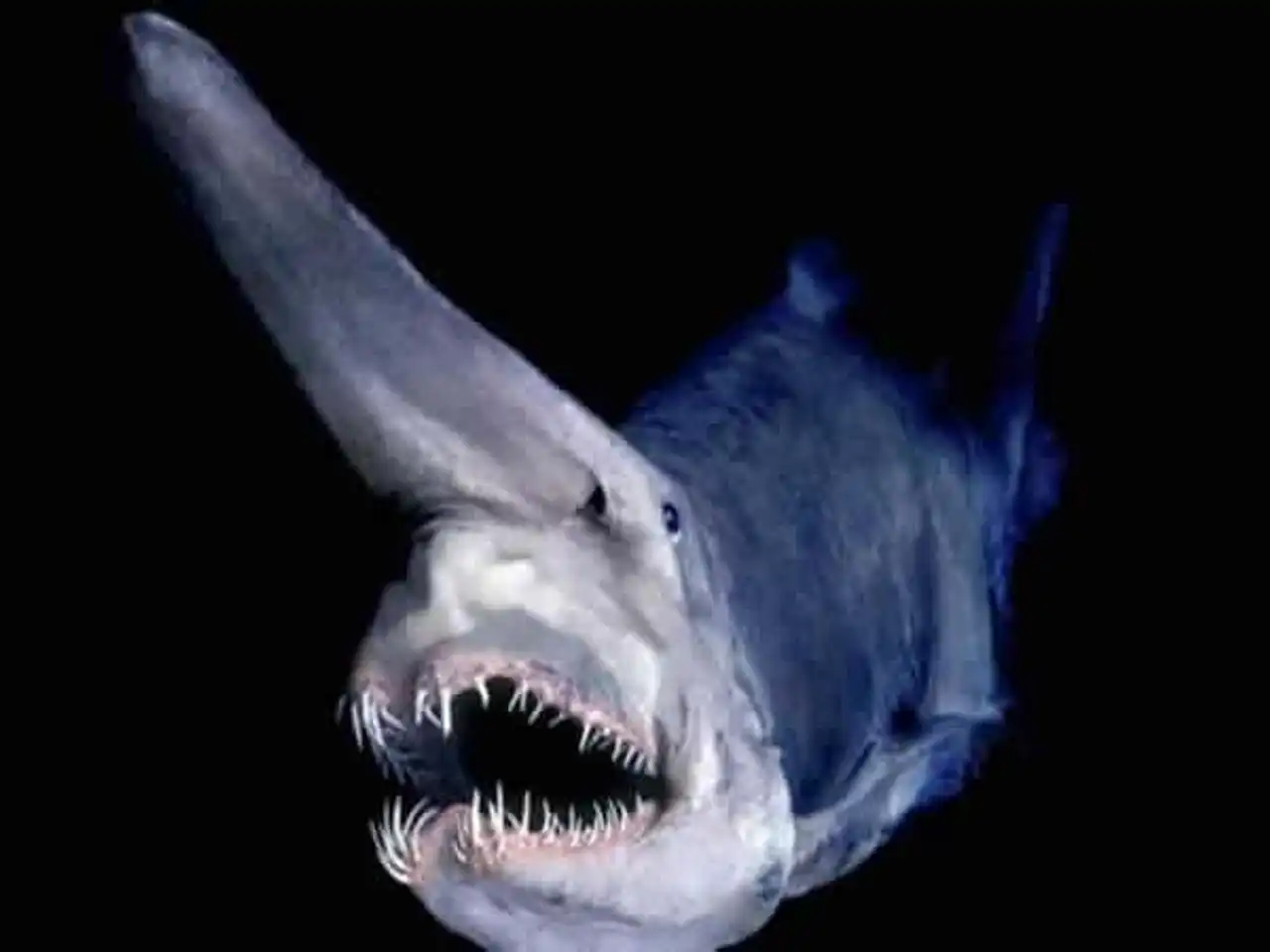
Source - Imgur
Considered by some scientists as a "living fossil" and eclipsed by its "flashy" counterparts (regular sharks), the requin-lutin leads a relatively mysterious existence in the depths of the ocean. Only survivor of a family of 125 million-year-old sharks, the lutin is truly unique... and ugly. Apart from its most striking features (his long flattened muzzle and her shining jaw), the lut shark is relatively insipid. Given its softness, most scientists think that the lutin shark is slow and relatively inactive. It is very unlikely that you would encounter a lip shark in your life: when one was brought to an aquarium in Japan, he died shortly afterwards.
The Flaming Language (or Caribbean Mint)
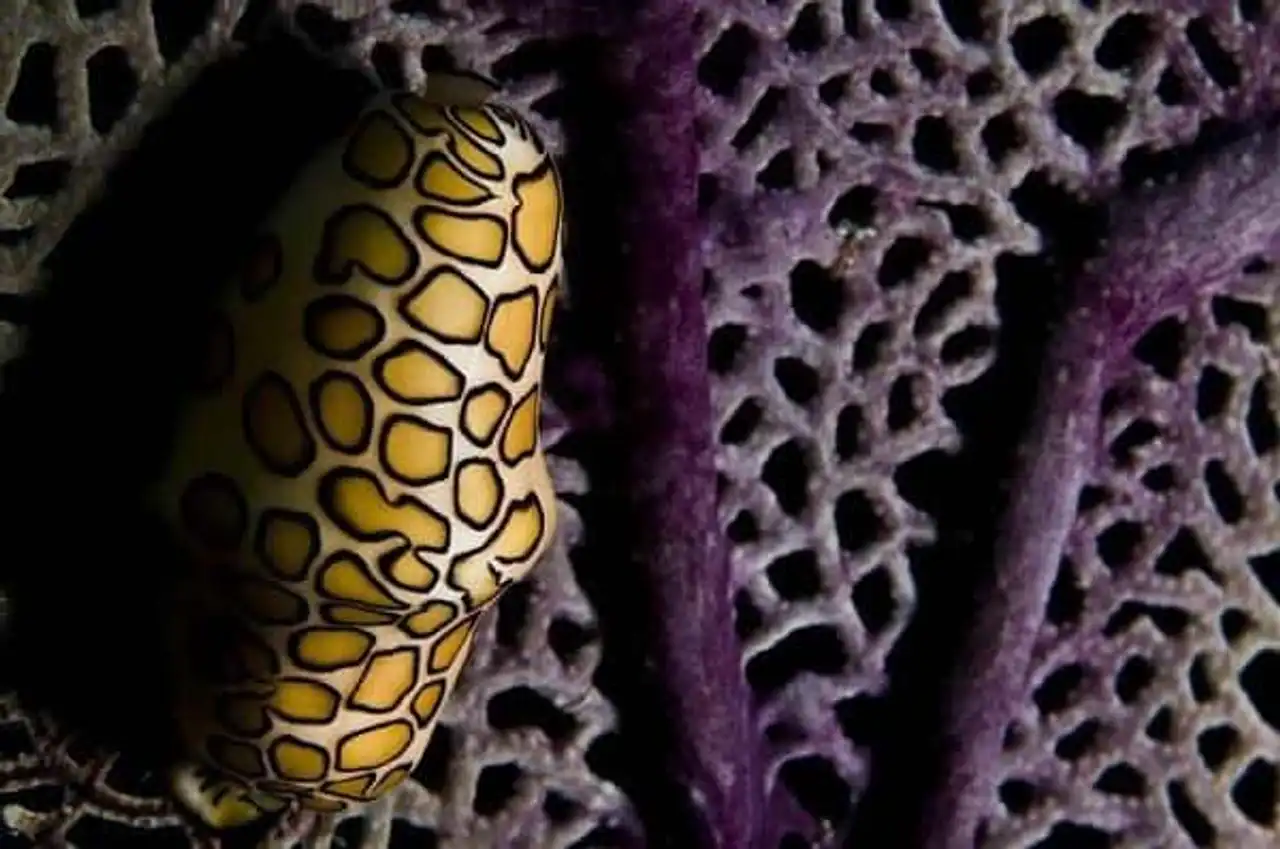
Source - uwphotographyguide.com
A world shell collector, be warned. Although the snail of pure beauty that you see above gives the impression of wearing a shell, dynamic patterns are not part of the shell itself, but in fact the living coat fabric of the mollusc. Located in Atlantic and Caribbean waters, the Flaming language feeds on toxic gorgones (corals) and like Bruce Willis in “Unstable”, she does not suffer any harm. In fact, the rustic snail absorbs the venom and the great dam of its potential predators becomes toxic itself.
Lophiiforme (or fisherman)
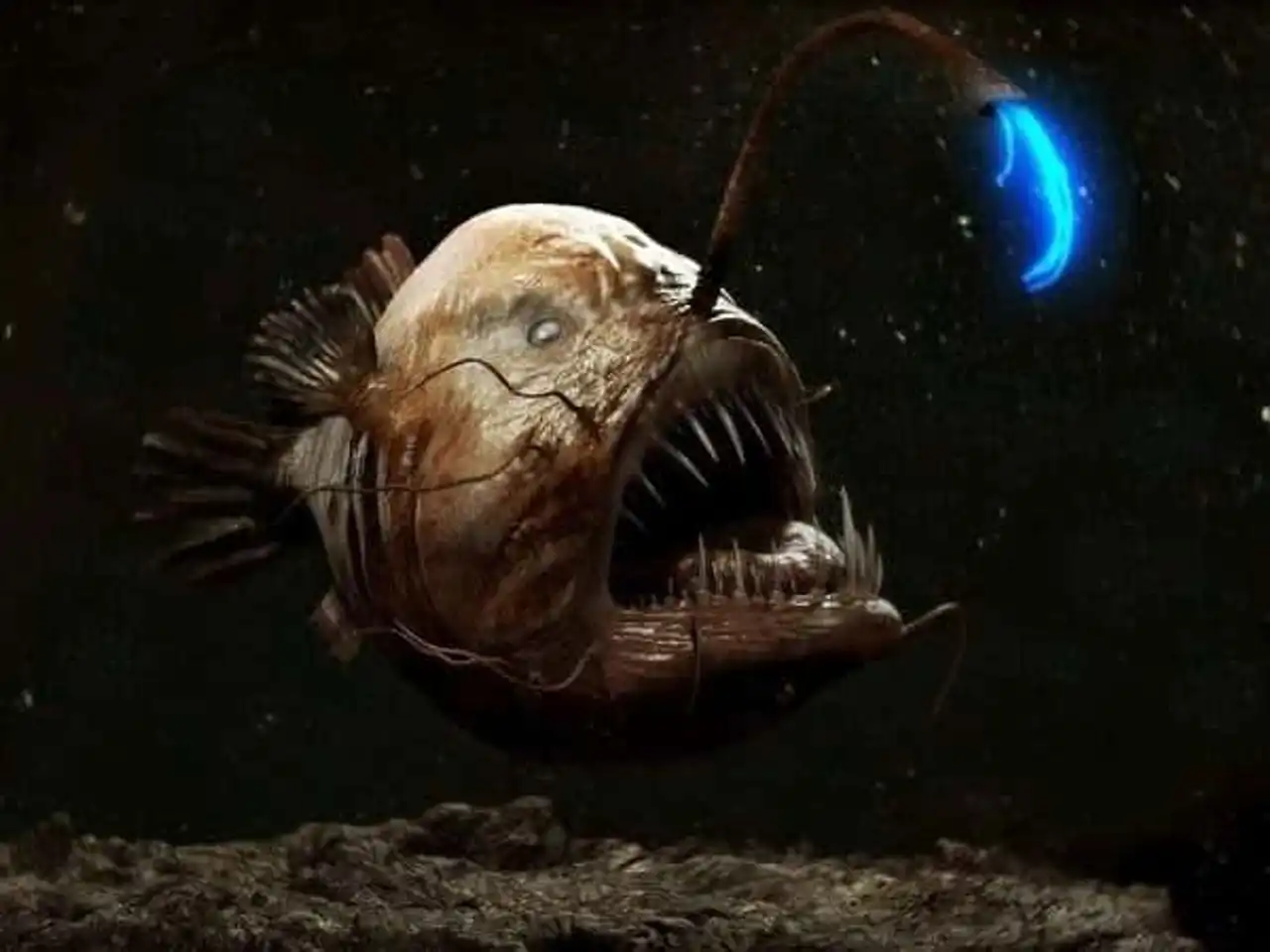
Source - CG Arena
The fisherman is perhaps one of the most fascinating and bizarre marine creatures known to man. Not only famous for its maline predation techniques (it has a spinal column that grows its own fleshy mass and the tortilla fish so that it looks like a prey, then it devours its future predators with one stroke), but also for its sexual habits. When scientists first found out fish , they noticed that almost all were females... and that these specimens had what seemed to be a sort of parasitic growth hung on their genitals. It turned out that these “parasites” were the remains of male fishermen. In fact, they only live to mate. Once they find a female partner, male fish fishermen quickly bite in the female skin and so merge together. When the female is ready to mate, the male does his job.







Loading comments ...